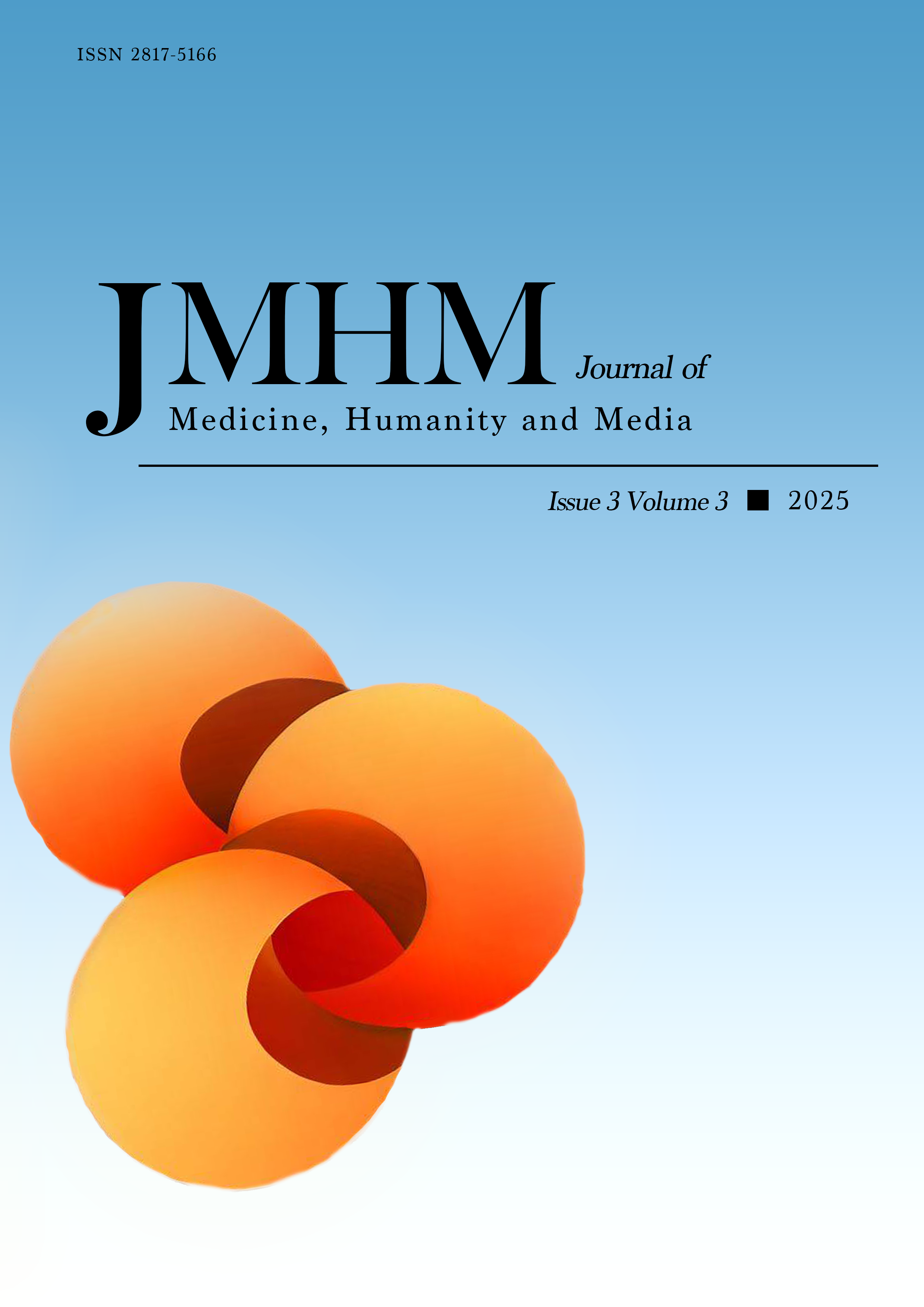Science Communication in the Era of Intelligent Media – Public Cognition and Opinion Guidance
A Review of the Peking University Panel Session at the MHM 2025
DOI:
https://doi.org/10.62787/mhm.v3i3.231Keywords:
Health communication, Algorithmic visibility, Social media engagement, Secondary risk perception, Emergency science communication, AI-assisted public opinion guidanceAbstract
Six studies presented at the MHM 2025 session “Science communication in the era of intelligent media” examine how algorithm-driven platforms, participatory cultures, and evolving policy logics are reshaping health communication in East Asia. One mixed‑methods investigation of 25,000 Weibo posts and 100,000 images from fitness bloggers shows that visibility incentives foster suggestive self-presentation—especially among men—and that users adopt a “like‑but‑not‑repost” stance that weakens as follower counts rise. A separate content–engagement analysis of the Chaoski Mailbox sexual‑health column (2,000 posts, >1 million comments) finds that discussions of violence prevention and sexual dysfunction generate highly polarised comment streams, confirming comments as the most sensitive barometer of audience sentiment. Another study introduces a prototype multi-agent system that merges large language models with burst‑term detection to deliver real-time emotion monitoring and automated “golden‑hour” bulletins for municipal risk communication. At the policy level, a corpus analysis of 49 national documents (2007–2023) identifies a post-COVID shift toward multimedia platforms, primary‑care hubs, and minority inclusion, signalling a convergence of “normal” and “emergency” governance. A quota‑sampled survey of 1,001 Singapore residents links conspiracy beliefs to heightened secondary‑risk perceptions and conditional dengue‑vaccine acceptance, with the relationship shaped non‑linearly by memories of COVID-19 side‑effects. A discursive‑institutional analysis of 5,372 pandemic press‑conference transcripts charts four phases in China’s news‑release system and documents the mainstreaming of expert–official joint messaging and short‑video formats. Taken together, these studies offer complementary evidence that visibility algorithms, comment-driven feedback, AI-assisted governance, and psychosocial spill-overs are transforming the production, regulation, and reception of public‑health information.

